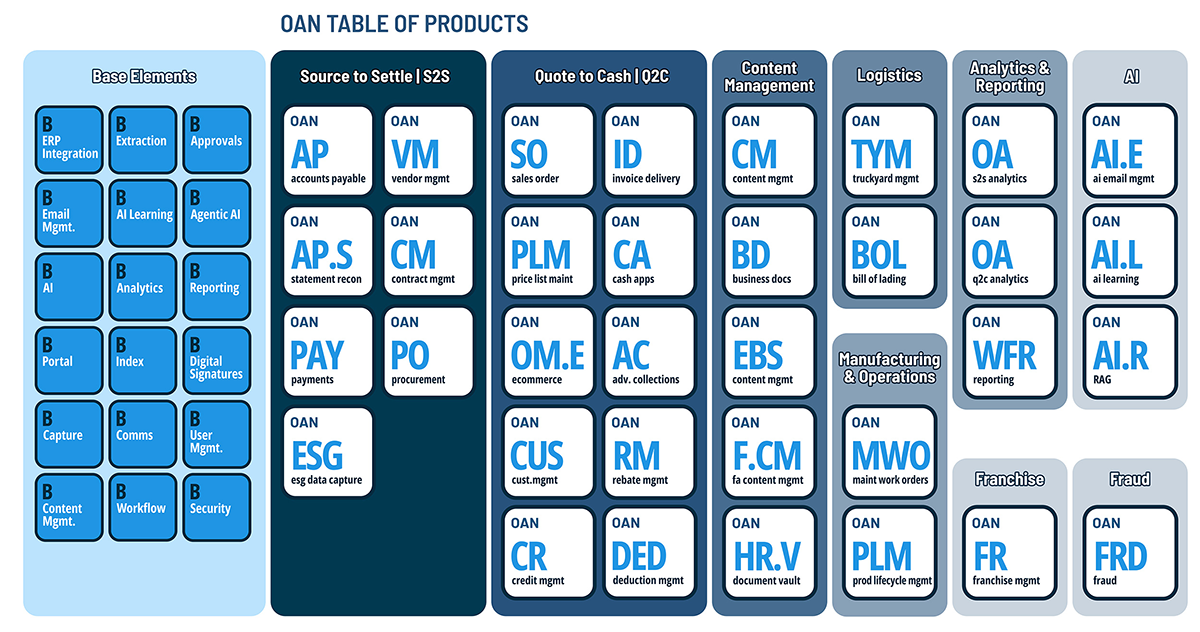For finance leaders, the month-end close is both a recurring milestone and a recurring source of pain. Despite its regularity, many organizations still face drawn-out, error-prone close cycles that drain resources, delay decision-making, and expose the business to compliance risks.
But with today’s digital tools, it doesn’t have to be this way. Leading CFOs are embracing financial close automation to shorten timelines, reduce manual workloads, and improve the quality and reliability of financial reporting.
Why the Financial Close Still Lags Behind
While accounts payable, procurement, and even tax reporting have made significant strides in automation, the month-end close remains largely manual in many organizations. Spreadsheets dominate, communication occurs primarily via email, and reconciliations are often initiated far too late in the cycle.
Typical challenges include:
- Disparate systems: Key data lives in multiple ERPs, subledgers, and point solutions that don’t integrate smoothly.
- Manual reconciliations: Excel-based account reconciliations are time-consuming and susceptible to version control issues and errors.
- Delayed adjustments, such as late journal entries or intercompany mismatches, can derail timelines and create audit risk.
- Limited visibility: Finance leaders struggle to understand progress or bottlenecks in real time.
The result is a reactive process with little room for review, strategic insight, or confident disclosure.
Automation: The Strategic Lever for a Faster Close
Financial close automation refers to a suite of tools and workflows designed to reduce manual effort, increase data accuracy, and ensure consistent, repeatable processes across entities and reporting periods. When well-implemented, automation doesn’t just accelerate the close—it improves control, auditability, and collaboration across the finance function.
Here’s how:
1. Automated Account Reconciliations
By replacing Excel with automated reconciliation tools, finance teams can match transactions, flag exceptions, and certify balances far earlier in the cycle. Many platforms can reconcile high-volume accounts (such as bank or intercompany balances) daily, instead of waiting until the close window.
Benefits:
- Shortens the time to review and approve
- Standardizes formats and policies across teams
- Reduces audit prep by storing supporting documentation in the system
2. Workflow Management and Task Ownership
Manual close processes often suffer from a lack of accountability. Automation tools assign owners to each task, provide deadline tracking, and escalate overdue items—eliminating the guesswork and back-and-forth communication that slows down cycles.
Key capabilities:
- Real-time dashboards for tracking close progress
- Role-based approvals and sign-offs
- Configurable workflows based on entity, account type, or materiality
3. Journal Entry Automation
Month-end typically requires dozens or hundreds of journal entries for accruals, allocations, FX adjustments, and more. Automating recurring entries with predefined rules helps reduce late-stage scrambling and errors.
AI and rule-based systems can:
- Prepopulate accruals and reclassifications based on historical trends
- Flag duplicate or out-of-policy entries
- Integrate directly with general ledger systems
4. Intercompany Matching and Elimination
For multi-entity organizations, intercompany mismatches can lead to significant delays. Automation can detect imbalances early, prompt counterparts for resolution, and pre-tag eliminations for consolidation.
Advanced platforms can:
- Match payables and receivables across subsidiaries
- Validate transfer pricing thresholds
- Automate eliminations for faster close-to-consolidation
5. Continuous Close Practices
Perhaps the most transformative shift is the adoption of continuous accounting. Instead of deferring close activities until the end of the period, leading organizations spread tasks throughout the month. Automation enables daily reconciliations, real-time data collection, and earlier validation of key balances.
This model:
- Flattens workload spikes at month-end
- Enables real-time insights into performance
- Reduces late surprises and restatements
CFO Impact: Beyond Faster Closes
While speed and efficiency are critical, financial close automation delivers broader strategic value to CFOs and their teams:
- Data Confidence: Automated processes reduce the risk of human error and enhance audit traceability, resulting in more accurate and transparent disclosures.
- Talent Optimization: By reducing the time spent on manual reconciliation, teams can shift their focus toward analytics, forecasting, and business partnership.
- Improved Governance: Automation enforces consistency, documentation, and controls—reducing regulatory exposure.
- Agility: With faster closes, CFOs can deliver insights earlier and steer the business more proactively.
In short, a fast and clean close enables a fast and confident finance function.
Getting Started: Automation Tactics That Scale
You don’t need to overhaul your close process overnight. Many organizations begin with tactical wins that build momentum over time. Consider starting with:
- High-volume reconciliations (e.g., cash, AR/AP, intercompany)
- Journal entry templates for recurring accruals
- Workflow tools to centralize month-end checklists and approvals
- Integration between subledgers and ERP to reduce manual uploads
The key is to align automation efforts with close bottlenecks that consistently introduce delays or errors. From there, scale gradually across the close cycle.
How oAppsNET Supports Financial Close Transformation
At oAppsNET, we work with finance teams to modernize and automate key workflows—from invoice intake to reporting and reconciliation. While every organization’s close is unique, the goal is the same: a faster, cleaner, more compliant financial close that supports confident decision-making.
By embedding automation across the close lifecycle, organizations reduce risk, free up resources, and improve financial insight—turning the close from a fire drill into a strategic asset.
Unlock the Full Potential of Your Financial Close
The month-end close should be a period of validation and insight, not chaos and correction. By adopting financial close automation, CFOs can build a modern finance function that operates with speed, transparency, and control.
It’s time to master the close. oAppsNET can help you implement scalable automation strategies that accelerate reporting and strengthen financial governance. Contact us to learn more.

